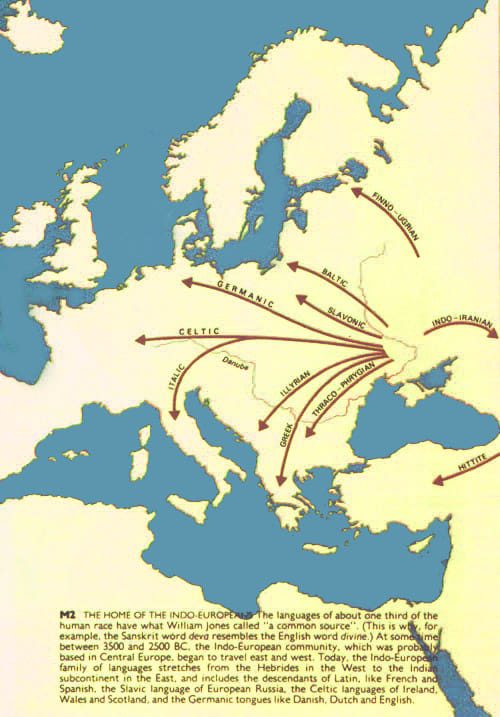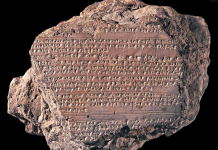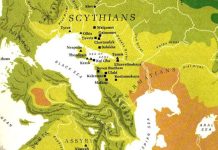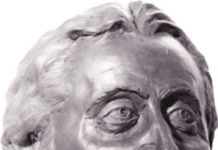British philologist William Jones in early 1786 voiced his famous “Phililoger Passage” which is considered the beginning of Indo-European studies. Here is what Jones said: “The Sanskrit language, whatever be its antiquity, is of a wonderful structure; more perfect than the Greek, more copious than the Latin, and more exquisitely refined than either, yet bearing to both of them a stronger affinity, both in the roots of verbs and the forms of grammar, than could possibly have been produced by accident; so strong indeed, that no philologer could examine them all three, without believing them to have sprung from some common source, which, perhaps, no longer exists; there is a similar reason, though not quite so forcible, for supposing that both the Gothic and the Celtic, though blended with a very different idiom, had the same origin with the Sanscrit; and the old Persian might be added to the same family.” This common source came to be known as Proto-Indo-European. Jones had concluded that the Sanskrit language originated from the same source as Greek and Latin, the classical languages of European civilization. He added that Persian, Celtic, and German probably belonged to the same family.
Michael Ventris, the man who deciphered a Mycenaean syllabic script (the language of Troy, Mycenae, and Minoan Crete) known as Linear B script, said more than a century later: “a long period of unprofitable speculation on the mutual relationship of languages, in which Hebrew played a pernicious role, continued until 1796 when Sir William Jones gave first public expression to the view that Sanskrit, Latin, and Greek had “sprung from some common source, which perhaps no longer exists… Franz Bopp and Rasmus Rask were able to show conclusively that the Greek language, like its relatives, was in fact the result of a continuous evolution from a common ‘Indo-European’ ancestor, and
that it must therefore at one time have been brought into Greece from some more central location somewhere on the great plains which stretch from Poland to Turkestan.”
Michael Ventris also wrote in his Documents in Mycenaean Greek: “Of the surviving languages with which that of Linear B might be compared, the Indo-European are almost alone in forming feminines by a change of vowel in the ending rather than by the addition of an extra syllable: some I.-E. languages, such as Hittite and its relatives, anticipate the evolution of English and Danish in having no feminine forms at all, while the Semitic dialects add -{a)tu, Egyptian -(e)t. …the now much fuller evidence for inflexion… showed that men’s names are declined in at least six different declensions, generally predictable from the last syllable of the nominative.
When it comes to morphology, the Ukrainian language is arguably one of the most complicated exactly in the aspect of forming feminines and in the declension of men’s names.
But here is a better argument: based on the results of a Language Beauty Contest in Paris in 1934, the Ukrainian language was recognized as the third most beautiful in the world by its phonetics, vocabulary, phraseology, and sentence structure after French and Persian. The Ukrainian language took the second place on melodic criteria after the Italian.
Proto-Indo-Aryan Language in the area of Kyiv Rus-Ukraine >
Muscovites-“Russians” have been trying to eliminate the Ukrainian language for centuries and the effort and ferocity of it could not seemingly find a logical explanation. But when one realizes that the language in itself can provide evidence of its origin, everything falls into place. Muscovites are afraid that a proper analysis can show which of the two, Ukrainian or Russian, is ancient and which is a recent compilation, which is original and which is just a primitive dialect. It can lead to establishing which nation is the real successor of civilization and which nation’s claims of “elder brother” (or even a “relative”) are bogus.
‘Russian’ as a dialect of Ukrainian Language >
The “Cradle of Civilizations” book published earlier this year has many more insights on the topic of linguistics.










